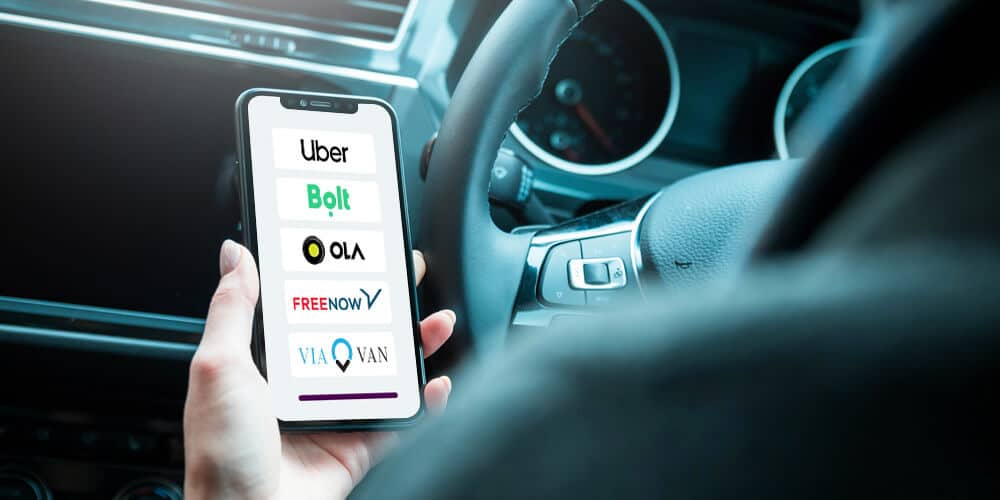The Economics of Ride Sharing – Is The Future Of Sustainable Transportation?
Introduction
Ride hailing, or the act of summoning a vehicle for hire through a mobile app, is a part of the sharing economy. The sharing economy is an economic system where people rent or borrow assets from each other instead of purchasing them outright. Ride hailing allows people to turn their personal vehicles into taxis at will and earn some extra money by doing so. This can be seen as beneficial to both consumers and drivers as well as society at large because it reduces traffic congestion and pollution caused by personal vehicle usage in urban areas.

How ride sharing works
Ride sharing is a service that allows you to share a ride with other people. This can be done through an app, which will match you up with people going in the same direction as you, and then pay for your portion of the ride directly to the driver.
Ride sharing apps are free to use, but there may be small fees charged by credit card companies or banks if you don’t have enough money in your account when paying for something (like your ride).
The economics of ride sharing
Ride sharing is a good deal for drivers.
It can be difficult to make a living as a taxi driver, but with ride sharing, there are more passengers per hour and you can pick up the passenger closest to you. In fact, Uber has stated that one of its biggest advantages over taxis is that it gives drivers more flexibility in where they pick up riders and how much time they spend waiting around at airports or bus stations versus taking them directly from their homes or offices. Ride sharing also allows drivers to work when they want and as many hours as they want (within legal limits). This means less time spent driving around empty cars looking for customers–and more money earned!
Uber’s valuation
Uber’s valuation
The most recent round of funding for Uber was in December 2018, when it raised $1.8 billion from the Public Investment Fund (PIF) of Saudi Arabia and SoftBank Group Corp. The investment values Uber at $72 billion–a significant increase from its previous valuation of around $68 billion. This makes it one of the most highly valued private companies in history, though much less so than its Chinese competitor Didi Chuxing, which has been valued at over $56 billion following a series of investments by SoftBank Group Corp., Tencent Holdings Ltd., Apple Inc., Amazon Inc., Baidu Inc., Alibaba Group Holding Ltd., and others.
How the future of sustainable transportation will look like?
In the future, we can expect ride sharing to become even more affordable. This will be a result of competition between companies as well as technological advances that make it possible for cars to operate on less fuel and with fewer emissions.
In addition to being more affordable, people will also have an easier time accessing transportation from their phones or other devices like smart watches or glasses. That way, you can just touch a button and have your ride arrive at any given location within minutes!
Safety is another issue that needs addressing when discussing how sustainable transportation will look like in the future: cars need better safety features such as airbags so that when accidents do happen (and they do), injuries are minimized as much as possible while ensuring everyone involved gets home safe at night after work hours end around 6 pm every day except Friday evenings when most people leave early because they want weekend fun activities planned out ahead before heading home
Ride sharing could be the future of sustainable transportation
Ride sharing is one of the most efficient ways to travel. It’s a transportation network that connects riders and drivers through an app, allowing them to share a ride while reducing their carbon footprint and saving money on gas.
Uber, Lyft, and other ride-sharing companies offer different services at different prices: some have lower fares while others provide better service or cleaner cars. However you choose to get around town–by foot or car; public transit or private vehicle–it’s important to understand how these services work so that you can make informed decisions about where you spend your money and time when traveling from point A to point B!
Conclusion
Ride sharing could be the future of sustainable transportation. With its ability to cut down on carbon emissions, ride sharing services have already made a significant impact on the environment. The next step is for these companies to expand into other areas such as public transit and self-driving cars in order to make their impact even greater.






